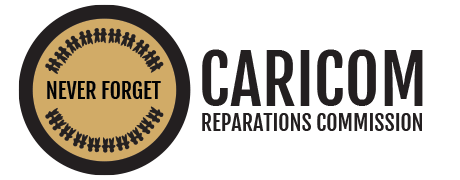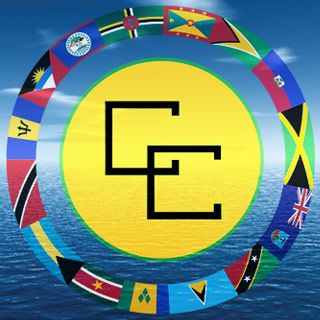Native mariners discovered the Caribbean thousands of years before Columbus arrived. When Spanish ships landed at Guanahani, on October 12, 1492, the Greater Antilles were densely inhabited by diverse Native peoples. Speaking several languages, they lived in independent and self-sufficient communities. Centuries earlier, large Taíno chiefdoms had expanded over several islands, establishing a sphere of influence that extended from Hispaniola and Puerto Rico, through most of Cuba, to the Lesser Antilles.
Far from isolating different islands, the Caribbean Sea linked Native communities to one another and allowed for the constant exchange of goods and ideas. Distinctive objects, such as the stone or wood duhos (ceremonial seats) exhibited here, show South American influence, evidence of long-distance links as early as 400 BC to AD 500. The presence of these seats suggests an exchange not simply of goods, but also of specific hierarchical forms of social and political life.
This case presents evidence of the long history of Taíno culture, including pieces made by contemporaries of the Indians who first greeted Columbus.
Mesoamerica gave rise to several of history’s great civilizations and contemporary Native peoples, among them the Olmec (1500–400 BC) of the tropical lowlands of southern Mexico; the great central Mexican city Teotihuacán (200 BC–ca. AD 600); the Classic Veracruz cultures (AD 100–1000) along the Gulf of Mexico; the Maya, whose history reaches back 4,000 years and whose 21st-century population numbers 7 million; and the Triple Alliance (or Aztec Empire), which fell to Cortés in 1521.
The Maya, who devised the ancient Americas’ most sophisticated writing system and astronomical calendar, built monumental cities in Central America and southern Mexico. Extensive trade routes over land trails and waterways supplied exotic materials for luxury goods—pieces that express the power and prestige of rulers who traced their authority to the deities. Communities with access to highland resources, such as obsidian, stuccoed pottery, and thin orange wares, traded for lowland resources, including cacao, cotton, rubber, and birds or feathers.
Between 1430 and 1521, three cities on the central Mexican plateau—Tenochtitlan, Texcoco, and Tlacopan—spread their control from the Gulf of Mexico to the Pacific, and from the Tarascan highlands in West Mexico to the modern border between Mexico and Guatemala. Rulers of the Triple Alliance moved quickly to integrate conquered cities into their imperial structure, secure local goods, and begin the flow of trade and tribute to Tenochtitlan, the main capital. Founded in 1325, Tenochtitlan at its height had a population of around 200,000. In Europe, only Paris and Constantinople were as large.




